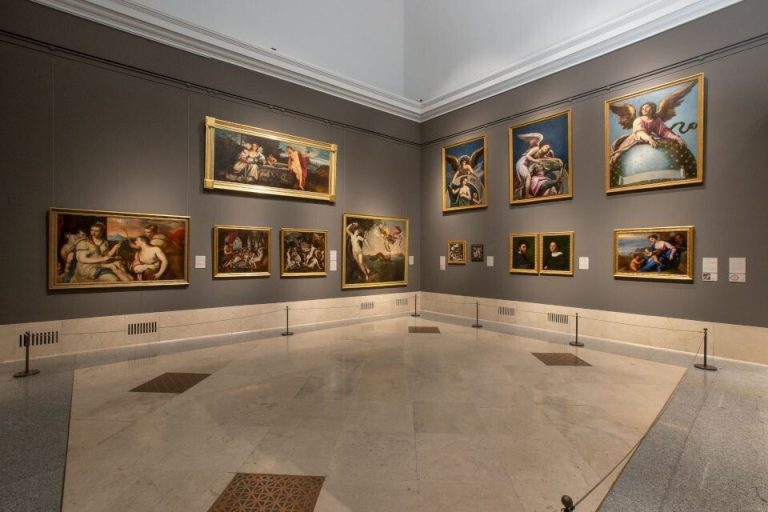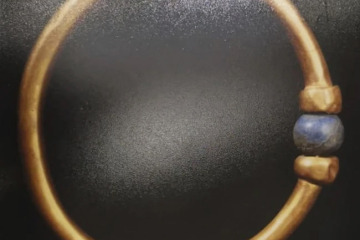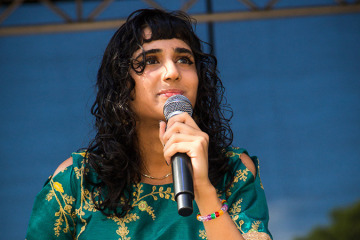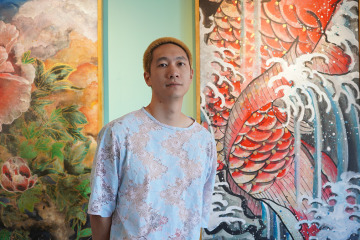The art world was built around the practice of copying, even if this tradition is now being lost.
In Madrid, the Prado Museum has decided to commemorate this lesser-known activity as part of its permanent collection.
The Madrid institution recently unveiled a new permanent exhibition room featuring forgotten treasures from its reserves.
These are not original works, but reproductions of paintings from royal collections and ecclesiastical institutions. They bear witness to the talent of Spanish and European copyists from the 15th to the 20th century, such as Manuel Ramírez Ibanez, Luca Giordano, Pietro Facchetti and Juan Bautista Martínez del Mazo.
These copyists were not mere imitators, but artists in their own right. They were able to reproduce to perfection the style of the painters whose work they copied.
Manuel Ramírez Ibanez's copy of Titian's painting, Sacred And Profane Love, bears witness to this expertise. It is so accurate that it even recreates the amber hue that the painting had taken on at the time due to lack of restoration, according to El País.
The Prado Museum boasts a large number of copies and other reproductions of Italian Renaissance masterpieces. This profusion can be explained by the fact that many Spanish artists went to Rome in the 19th century to perfect their technique.
Among other things, they learned to copy the style of Raphael, Giulio Romano, Parmigianino and El Greco. The latter was very much in vogue at the end of the 19th century, after long having fallen into oblivion.
This fascination with the Master of Toledo led to the production of numerous copies of his works, some of which are so well executed that they can be mistaken for originals.
For art historians and El Greco specialists, distinguishing the real from the fake can be a real headache. Problems of attribution often cause uproar in the museum world, so great is the skill of some copyists.
After all, reproduction, replication, imitation and pastiche are all art forms in their own right. Some of the greatest names in painting, such as Velásquez, Rubens, Luca Giordano and Goya, copied artworks in order to learn their trade, sometimes even bordering on what would now be considered counterfeiting.
The Prado's new permanent exhibition room celebrates this little-known artistic practice, which is still subject to many preconceptions. – AFP









